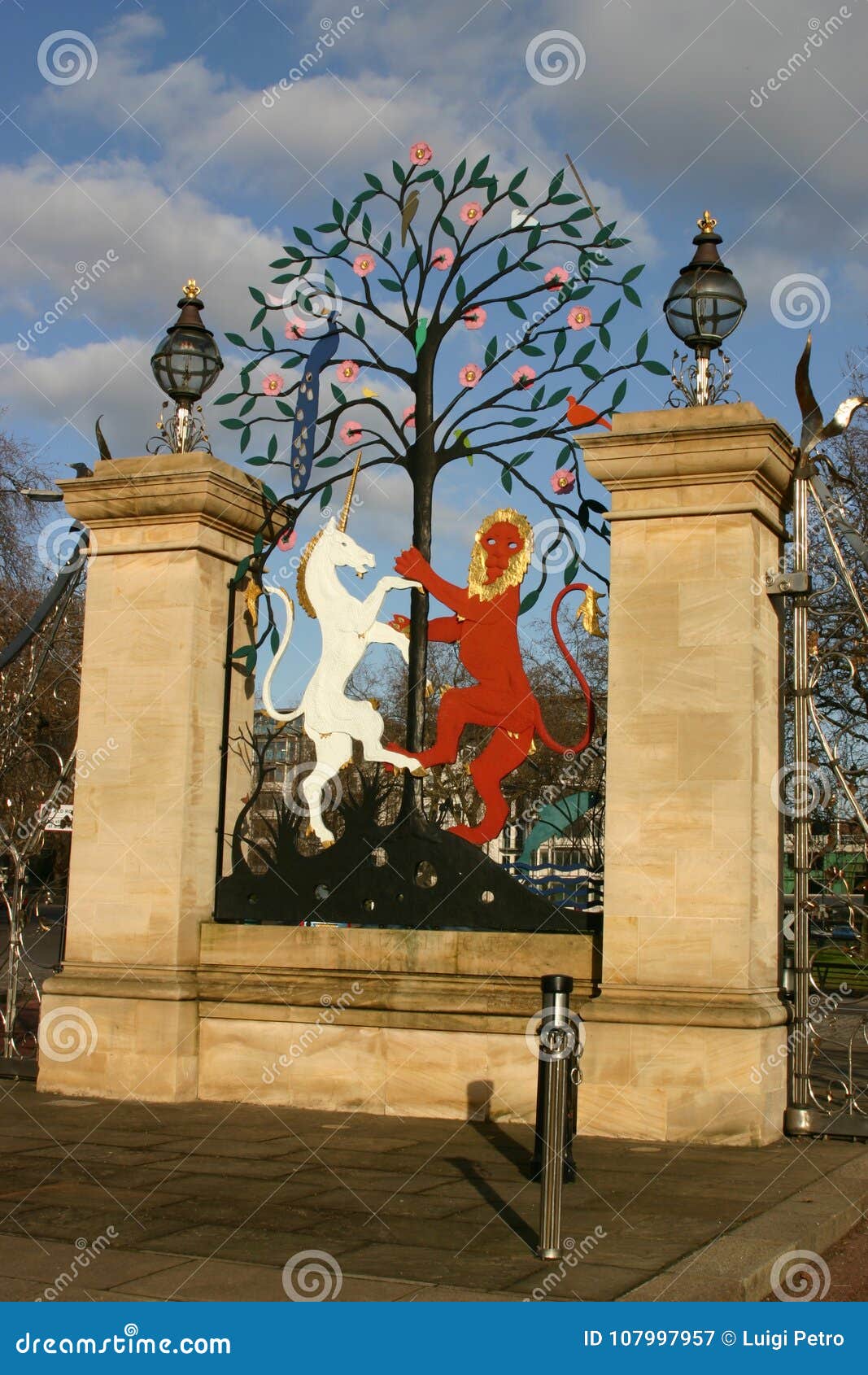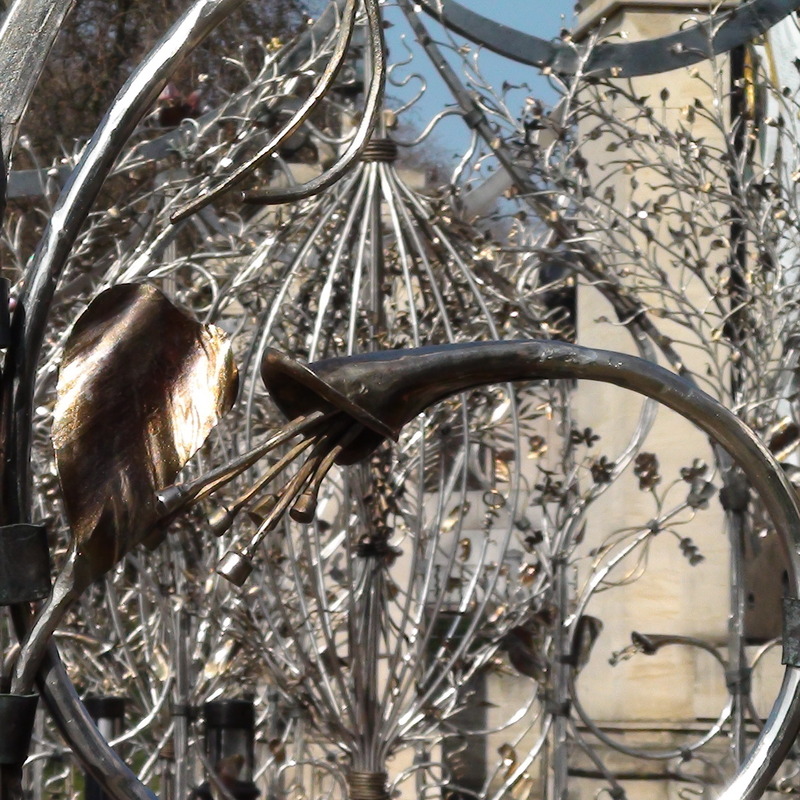Queen Elizabeth Gate: A Majestic Entrance To History And Splendor
Queen Elizabeth Gate holds a significant place in the history and architecture of the United Kingdom. This remarkable structure is not only a symbol of royal grandeur but also an iconic representation of British heritage. As we delve into the fascinating world of Queen Elizabeth Gate, we will explore its historical significance, architectural design, and its role in modern times.
For centuries, gates have been more than just entrances—they have been symbols of power, prosperity, and protection. Queen Elizabeth Gate is no exception. It stands as a testament to the enduring legacy of the British monarchy and its influence on the nation's architectural landscape. Whether you're a history enthusiast, an architecture aficionado, or simply curious about the rich tapestry of British culture, this article will provide you with a comprehensive understanding of Queen Elizabeth Gate.
In this article, we will explore the origins of Queen Elizabeth Gate, its architectural brilliance, its cultural significance, and its relevance in contemporary society. By the end of this piece, you will have a deeper appreciation for the historical and cultural importance of this iconic structure.
Read also:Finley Faith Sehorn The Rising Star Of The Entertainment World
History of Queen Elizabeth Gate
Read also:Dr Robert Evans A Pioneer In Educational Leadership
Biography
Before diving into the specifics of Queen Elizabeth Gate, it is essential to understand the historical context and the individuals associated with its creation. Below is a table summarizing key information about Queen Elizabeth I, who inspired the naming of this iconic structure.
| Full Name | Elizabeth I |
|---|---|
| Birth Date | 7 September 1533 |
| Reign | 17 November 1558 – 24 March 1603 |
| Death Date | 24 March 1603 |
| Notable Achievements | Establishment of the English Protestant Church, Patron of the Arts, Expansion of British Influence |
History of Queen Elizabeth Gate
Origins and Background
The origins of Queen Elizabeth Gate date back to the early 16th century, during the reign of Queen Elizabeth I. This period was marked by significant architectural developments in England, as the monarchy sought to project power and prosperity through grand structures. The gate was originally constructed as part of a larger fortification system designed to protect the royal residences.
Historical records indicate that the gate underwent several transformations over the centuries, reflecting the changing needs and aesthetics of each era. Its original purpose was both functional and symbolic, serving as a gateway to the royal estates while also showcasing the wealth and influence of the British monarchy.
Architectural Design
Design Features
Queen Elizabeth Gate is renowned for its intricate architectural design, which combines elements of Gothic and Renaissance styles. The gate's towering arches, ornate carvings, and elaborate stonework make it a masterpiece of medieval architecture. Key features include:
- Double-arched entrance
- Intricate stone carvings depicting historical scenes
- Coats of arms and royal insignia
Architects of the time were meticulous in their attention to detail, ensuring that every aspect of the gate reflected the grandeur of the monarchy. This attention to detail continues to captivate visitors and historians alike.
Construction and Materials
Building Process
The construction of Queen Elizabeth Gate was a monumental undertaking that required the expertise of skilled craftsmen and architects. The primary materials used in its construction included:
- Limestone
- Marble
- Granite
These materials were chosen for their durability and aesthetic appeal, ensuring that the gate would withstand the test of time. Historical documents reveal that the construction process took several years, with artisans working tirelessly to bring the design to life.
Symbolism and Significance
Iconic Representation
Queen Elizabeth Gate is more than just an architectural marvel—it is a symbol of British heritage and national identity. The gate's intricate carvings and royal insignia serve as reminders of the monarchy's enduring influence on the nation's history and culture. Its presence in modern times continues to inspire awe and admiration, making it a focal point for both tourists and historians.
Symbolically, the gate represents the intersection of power, artistry, and tradition. It serves as a reminder of the rich history and cultural legacy of the British Isles, inviting visitors to explore the stories that lie within its walls.
Restoration Efforts
Preserving History
Over the centuries, Queen Elizabeth Gate has undergone numerous restoration efforts to ensure its preservation for future generations. These efforts have been guided by expert conservationists who specialize in historic architecture. Key restoration projects include:
- Reinforcement of structural integrity
- Repair of damaged stonework
- Cleaning and preservation of carvings
Restoration work is meticulously documented to ensure that the gate's original design and features are preserved while addressing modern concerns such as weathering and erosion.
Cultural Impact
Influence on Society
Queen Elizabeth Gate has had a profound impact on British culture, inspiring countless works of art, literature, and film. Its majestic presence has been immortalized in paintings, photographs, and documentaries, cementing its place in the collective consciousness of the nation. The gate's influence extends beyond its physical form, serving as a symbol of national pride and unity.
Culturally, the gate represents the intersection of history and modernity, offering a glimpse into the past while remaining relevant in contemporary society. Its continued presence in popular culture ensures that its legacy endures for generations to come.
Tourism and Accessibility
Visiting Queen Elizabeth Gate
Queen Elizabeth Gate is a popular destination for tourists visiting the United Kingdom. Its location within a historic estate makes it easily accessible to visitors from around the world. Key attractions include:
- Guided tours of the gate and surrounding areas
- Exhibitions showcasing the history and significance of the gate
- Interactive displays and multimedia presentations
Efforts have been made to enhance accessibility for all visitors, ensuring that everyone can experience the majesty of Queen Elizabeth Gate. Modern amenities such as wheelchair ramps and audio guides have been incorporated to accommodate diverse needs.
Modern Usage
Adaptation to Contemporary Needs
In modern times, Queen Elizabeth Gate continues to serve as both a functional entrance and a cultural landmark. Its role in contemporary society reflects the evolving needs of the nation while honoring its historical roots. The gate is frequently used for ceremonial events, royal processions, and public celebrations, maintaining its relevance in today's world.
Efforts to integrate modern technology into the gate's infrastructure have ensured its continued functionality while preserving its historical integrity. This balance between tradition and innovation highlights the gate's adaptability and enduring appeal.
Preservation Challenges
Addressing Modern Threats
Despite its robust construction and meticulous restoration efforts, Queen Elizabeth Gate faces several challenges in the modern era. Environmental factors such as pollution, climate change, and urban development pose significant threats to its preservation. Additionally, the increasing number of visitors places additional strain on the structure, necessitating ongoing maintenance and monitoring.
To address these challenges, preservationists have implemented advanced conservation techniques, including the use of non-invasive monitoring systems and sustainable restoration practices. These efforts aim to ensure the gate's survival for future generations while minimizing its environmental impact.
Conclusion
Queen Elizabeth Gate stands as a testament to the enduring legacy of the British monarchy and its influence on the nation's architectural and cultural landscape. From its origins in the 16th century to its continued relevance in modern times, the gate remains a symbol of power, prosperity, and tradition. Its intricate design, historical significance, and cultural impact make it a must-see destination for anyone interested in British history and architecture.
We invite you to explore the fascinating world of Queen Elizabeth Gate and discover the stories that lie within its walls. Share your thoughts and experiences in the comments below, and don't forget to check out our other articles for more insights into the rich tapestry of British culture. Together, let us celebrate the enduring legacy of this iconic structure and its place in the annals of history.


